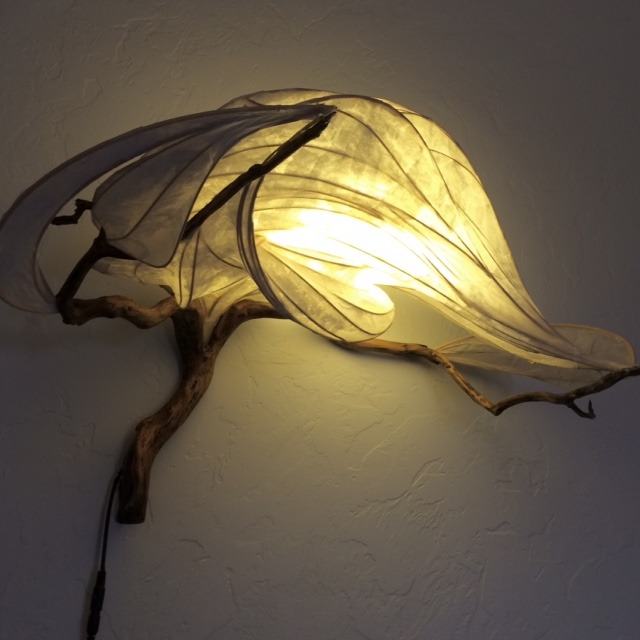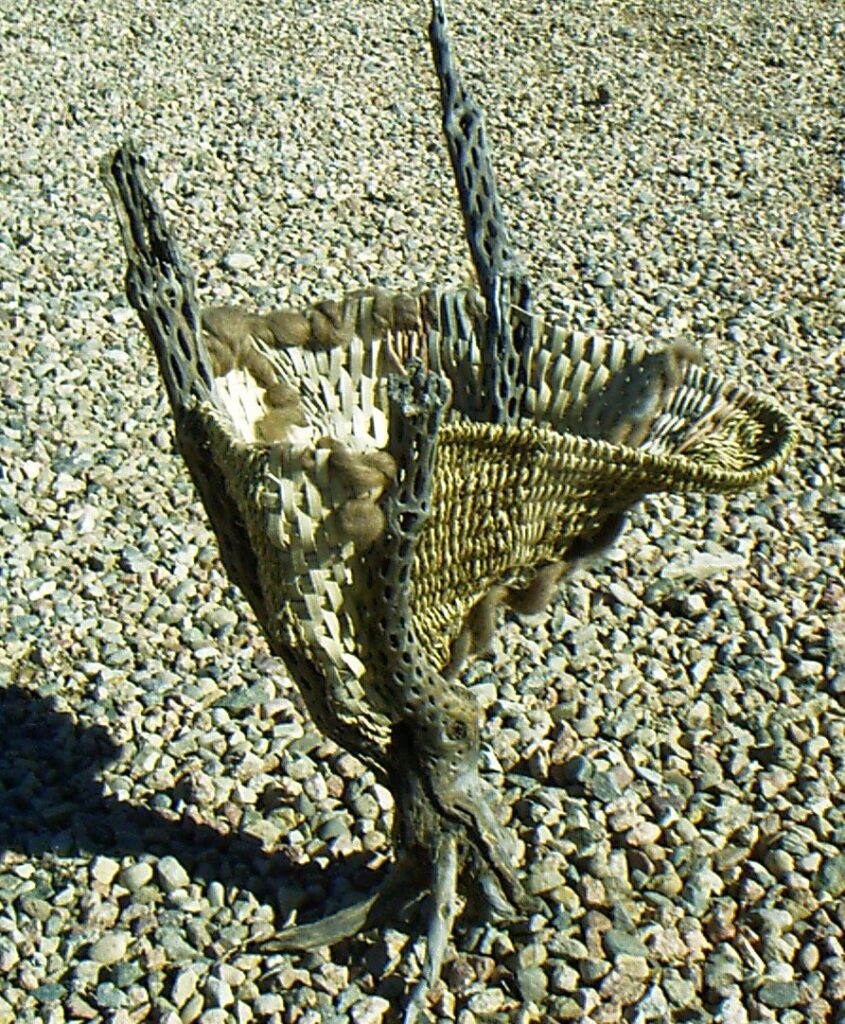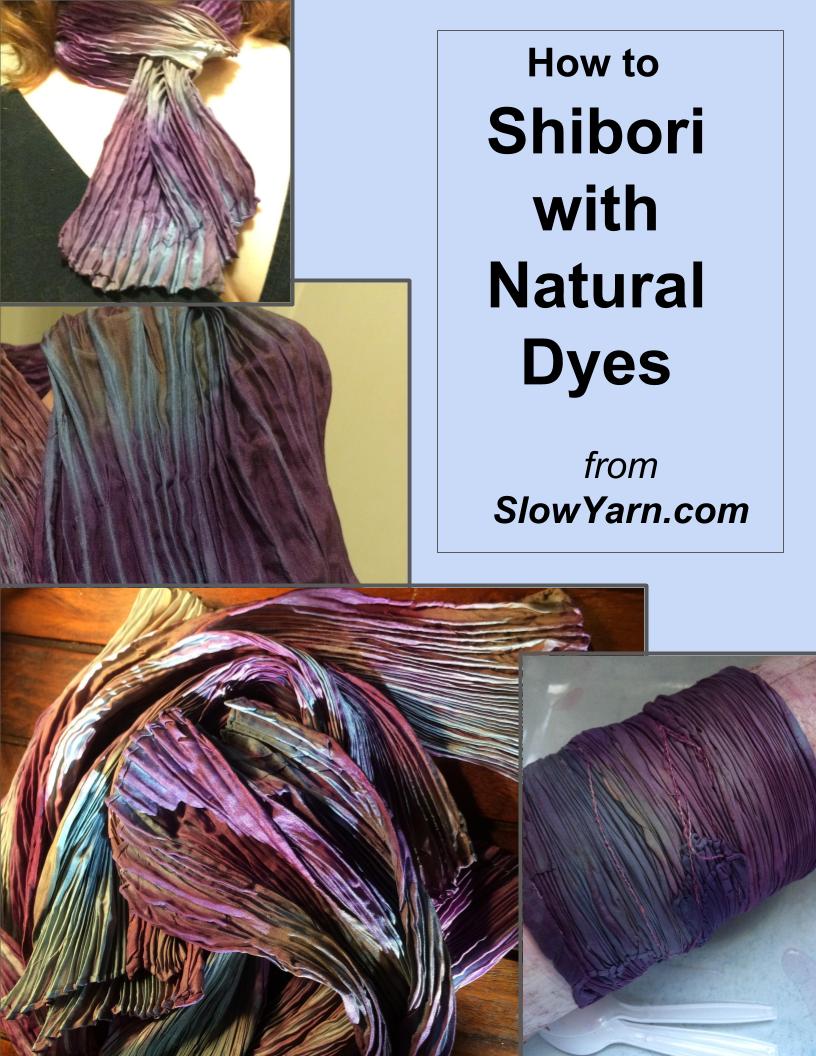Art vs. Craft
As an artist who works in a variety of media traditionally relegated to craftsmen, I have a vested interest in the debate over Art vs. Craft. The difference between selling my work for fine arts prices and selling them as a craft sale item is quite a big deal to me. It’s the difference between making a living or just supporting my habit. It’s the difference between having customers who respect and pay for my work, or having acquaintances say “Oh, your work is so CUTE! Will you make one for me?” It’s also the difference between my own sense of worth when I call myself an “artist,” or when I call myself a “crafter.”

I remember a friend telling me about her first juried show. She is an extraordinary basketmaker. Her pieces use the traditional in and out weaves used in baskets for centuries, all across the world, in all different cultures. They are made from traditional basketry materials– sticks and reeds and grasses and vines. But her work transcends traditional craft into the realm of sculpture, with flowing organic shapes and textures that deserve a marble pedestal for display. This juried show had bragged about a $1000 first prize, and getting into it felt like quite a coup. She drove across the country to get to the show, and was flying high when she was told her seagrass basket had placed first! When she went to collect her prize, however, it was a check for $100. As politely as she could, she pointed out their mistake. “No,” she was told.
“The $1000 first prize was for art. You placed first in crafts! That prize is $100, not $1000.”
In the ongoing debate between art and craft, she got put in her place. Fine art was 2-dimensional, or if someone were to venture into 3-dimensional sculpture, it had better be made from bronze or marble. Fine art was not made from weeds.
So what makes that distinction? Who got to define art vs craft? Why is there so much more value placed on a painting than on a weaving? I can assure you that it has nothing to do with the time spent on the project. Or the cost of the materials. Or the timelessness of the piece. Or the skill of the maker. I can see several different answers to those questions.

The first answer that comes to mind has a lot to do with Western cultural history and class distinction. Traditionally, a craftsman was a skilled person who created necessary items that were difficult or time-consuming to make. Not every person could do blacksmithing, but they all needed hinges on their doors. Not every household did their own weaving or dyeing, since they required large, expensive equipment or vats of smelly liquid. So there became people whose sole jobs were to take care of those “crafts.” They sold or traded their skills, and were valued members of their society. Basket makers, weavers, smiths, and wood workers all crafted necessary items for all.
It’s time to reevaluate the 500 year old idea that art is only for the richest people, and it’s only art if it is made with the traditional art media of painting, or bronze or marble sculpting.
These people, however, were not from among the idle elite. Painted portraits were done for rich people, by artists who were kept by rich patrons, and common people would rarely see such paintings, let alone have one made for themselves. Marble sculptures for the garden were not necessary to make the trees bear fruit. They were items of decadence and pure pleasure, made for those few who could afford such extravagance. The distinction between skills to make something purely for the pleasure of the owners and the skills to make durable, yet beautiful, items for people of all walks of life– right there we can see that historically, craftsmen were viewed very differently than artists.

Marble horses from http://www.montagstones.com/sculptures/
Driftwood horses from http://www.demilked.com/driftwood-sculptures-horses-james-doran-webb/
Post-Industrial Revolution, we ought to be seeing less of a distinction. It’s time to reevaluate the 500 year old idea that art is only for the richest people, in the traditional media of bronze or metal sculpture, or painting. Common household goods are generally mass produced by machines in factories. Anyone who has the skills necessary to make traditional crafts has, in a sense, been placed into the same category as the Medieval or Renaissance artist. They maintain skills which are not necessary for survival but are used for the pleasure of those who can afford to have handmade, beautiful goods. Those who create from scratch in modern times really should be afforded the same veneration as painters or sculptors traditionally have because their skills have become just as esoteric and decadent. Things which are easily reproducible have become the modern “crafts.” The rise in popularity of kit-crafts shows that people still value handmade items, but the pieces done from kits are just craft, and not art, because they are duplicate pieces which require no special skills that take years to hone.
Modern “craftsmen” do not have to practice their crafts. They choose to and often devote years of energy and learning to improving these obsolete skills.
The final, and I believe the most important, distinction between art and craft boils down not to skill, but to soul. Modern “craftsmen” do not have to practice their crafts. They choose to, and often devote years of energy and learning to improving these obsolete skills. There are plenty of jobs for them to make a living, and demand for household items has shifted entirely to manufactured goods, so there is no cultural or financial drive for a blacksmith or a weaver to continue honing their skills. There is something else. There is only a drive and a love for their craft– for the history of it, for the feel of it in their hands as they create, for the pleasure of controlling and reining in wily materials and bending them to the craftsman’s vision in a form others can see and appreciate. A bit of the craftsman’s soul goes into every modern made traditional craft. It has to. There is no other reason for that person to practice their craft. And that makes him an artist, not a crafter. That makes her seagrass basket worthy of the $1000 prize, not just the $100 one.
I overheard my daughter once talking with a friend about their mothers. The other girl said, “My mom is a nurse. What’s yours?” My daughter answered, “She’s just a mom. She doesn’t do anything.” For years, I had been afraid to grant myself the title of “artist,” because I work in fibers, stone, wood, and metal. You know- craft stuff. After I heard my daughter say that, I resolved to see myself differently, so my children would as well. The first time I answered, “I am an Artist” when someone asked what I do, I was shocked at my own audacity. I held my breath for a moment, anxious that they might question my self-appointed title. Not only did they not question, but they respectfully viewed my work and never once suggested that it was “just craft.”
When I price items for sale, I start by following the Crafters’ Rule of Thumb: Materials + Overhead + Minimum Wage for your time. But with each piece, I step back and realize that this was not craft, it was ART. It holds a piece of my love, my caring, and years of mistakes to achieve my hard-won skills; the person buying it is purchasing it for those things, not because they need another basket or weaving in their home to carry things. That is worth more than minimum wage. It’s worth the $1000 prize.
Copyright © 2014 – 2023 Kelley Adams. All rights reserved.
All text, photos, and graphics are the property of Kelley Adams unless credit is given to an alternative source.














Very insightful. Your writing gets better and better.
Well said. I whole heartedly agree with you.
Thank you for your article. I cannot tell you how often people have considered my Lampshade service as a craft or hobby! My heart and soul go into restoring these shades. I love what I can do, I love the fact that vintage lamps do not have to be replaced because they cannot find a new shade that compliments the lamp base like the original shade, and I restore with passion! It is so nice to see someone defending artisans.
This is a true saying,I absolutely agree with your views on this matter…I might post this writeup of yours in the future…well done.-Olumide.
What a fabulous article! Omg how I cringed when people asked me what I do…. I’m a fiber artist… What’s that???
We do painting with bran muffins, Annette. Sculpture with prunes? Whole grain mixed media. 🙂
This sooooo strikes home with me. I had sold many, many pieces and taken commissions before I allowed myself to say and feel that “I am an artist”. Being self taught kept me from this definition for a very long time. It was not until a very well respected, credentialed “Artist” with national recognition acknowledged me as being an “Artist” that I allowed myself to do so also.
It’s from the heart, do you work at it, do you breathe it, sleep with it? Allow yourself to claim it.
It’s ok, Vickie! You deserve the $1000 prize!
Really appreciated your article and insights. If someone loves your creation enough to purchase it for display in their home, is it not art? And don’t sell yourself short.
Well I look at it this way:each handcrafted piece no matter what the medium is essentially one of a kind. You know each flaw and each wonderful thing about your piece that no one else can see because they only see the finished Whole piece. You went on the journey from beginning to end. So this makes it your art and your expression of yourself in some way. In my mind it doesn’t really matter what others call it .If it is singular, useful, beautiful or even strange at times, it is a piece of yourself and that makes it art.
It’s how you treat yourself ,I do watercolors but do not call myself an artist untill I feel I can ,I would say judge your work yourself and you are the first person to say you are an artist ,Duchamp , Picasso were artists ,you have to believe in your self before anyone believes in you .
You make some very good points and in general I agree with them, however anything is only worth what someone is willing to pay for it. You seem to be saying art is an elitist luxury and this is what gives it extra monetary value, is that really what you want for your work to be only available to members of the elite? Also you need to examine your own motives for wishing your work to be considered as art- is it because you feel it brings the transcendant emotions associated with truly great art, or because you wish to charge far beyond a fair price for the time put into your work? In our society some types of handmade products are considered art and some craft- this is mostly for historical reasons, it does not change their cultural value ,only how they are perceived by the majority of people in our society at the present time.
I was saying that historically art was for the elite, whereas craft was something created out of necessity, often for trade rather than currency. Since the Industrial Revolution has made beautiful things accessible to all classes, we need to reexamine why we place more value, either monetary or cultural, on only certain media. The media used to create should not be the most important criteria for placing value. The artistry of individual pieces, regardless of the materials used to make it, regardless of where in the world it was created in our global economy, and regardless of the class of the creator, should matter more today than it did in Rennaissance Europe where these class distinctions started.
I think that your comments about the issue of Arts versus Crafts are completely on target. You are questioning the dominant class ideology that prevails in our daily lives. In other words, a very western Eurocentric sense of superiority that shapes our thinking. Your article defies those rigid ideas that are so prevalent in our society whether concerning Art or any other issues of our time. For example, what makes some people vote against their own interests, is the result of that dominant ideology. Any form of expression around the world is as important as any other. Thanks for speaking out. All the best and keep your questioning going.
Fethi
Thank you, Fethi. Yes, I question the notion that someone should undervalue their own hard won skills and talents because of a historical perspective on which medium is worth more. (If someone is carving stunning sculptures in wood, do they refer to themselves as a sculptor or as a woodworker?) Just because a method of creating was originally considered craft doesn’t mean it should remain forever a “lesser” medium in the price it fetches or the respect it garners, regardless of the quality or artistry behind the work.
WOW! When I catch my breath I will post more.
How’s your breathing, Susan? I’ve been waiting to hear more from you about this! Agree? Disagree? I was at another handmade sale a couple of weeks ago where someone was so seriously undervaluing their work and time that it made me angry– because by undervaluing their own, they were also undermining the value of anyone else using the same techniques.